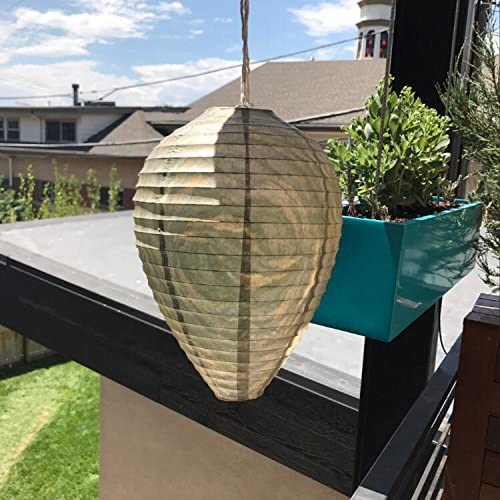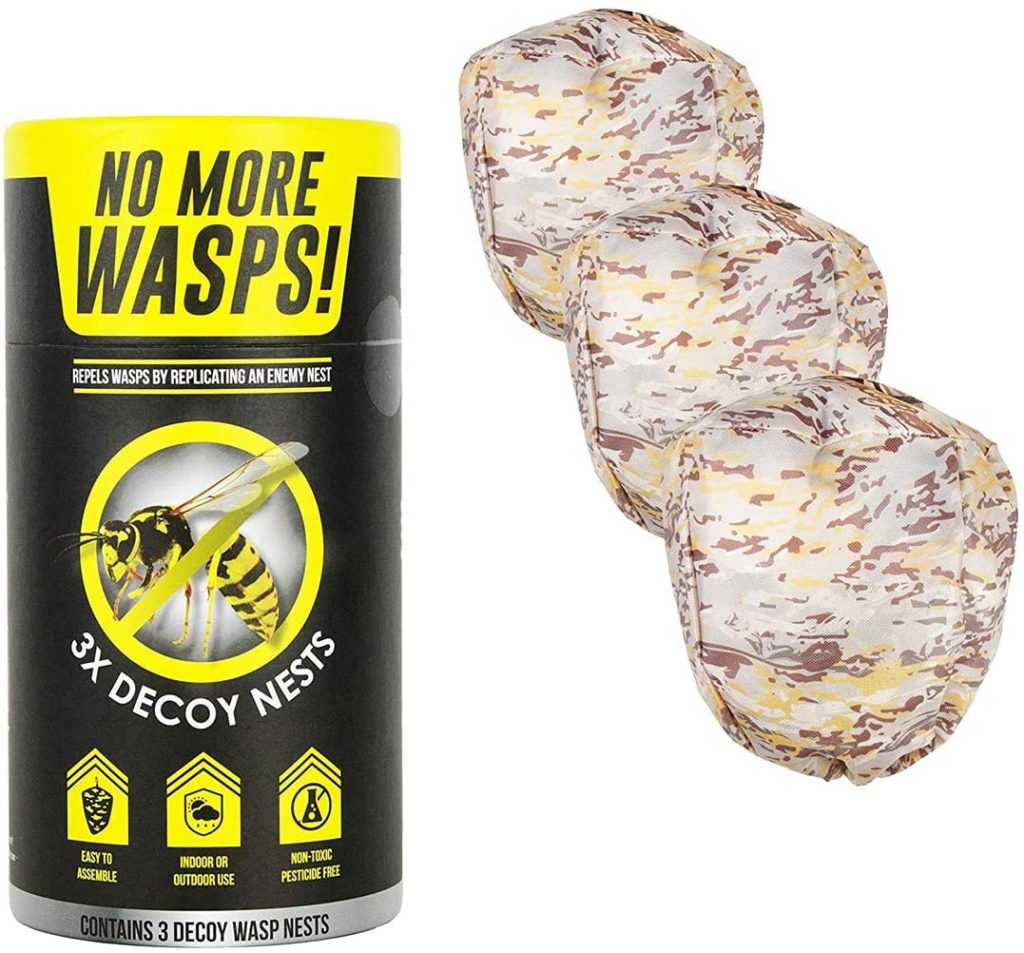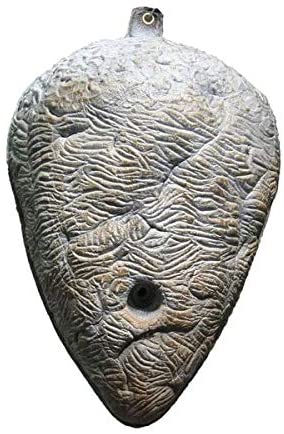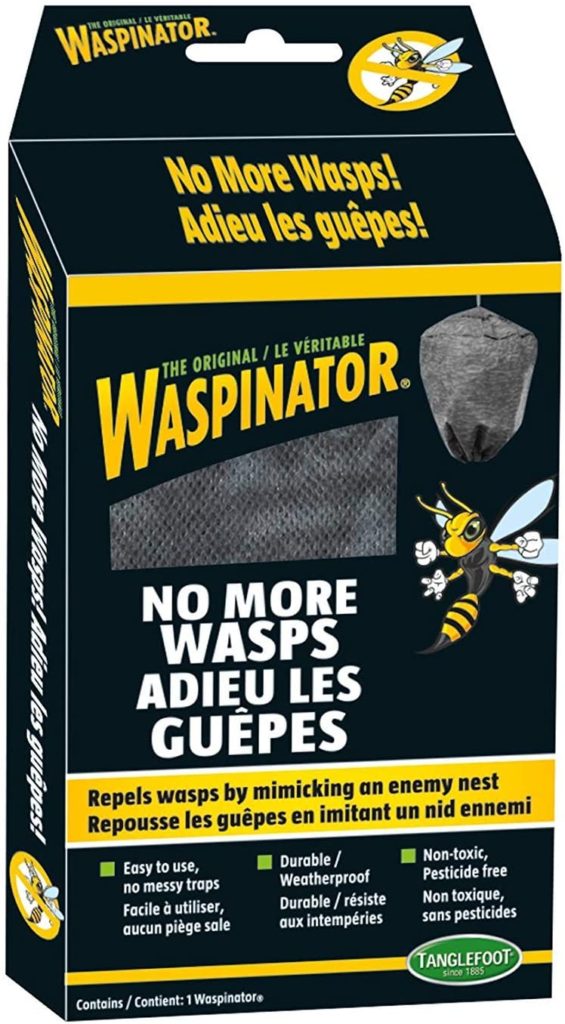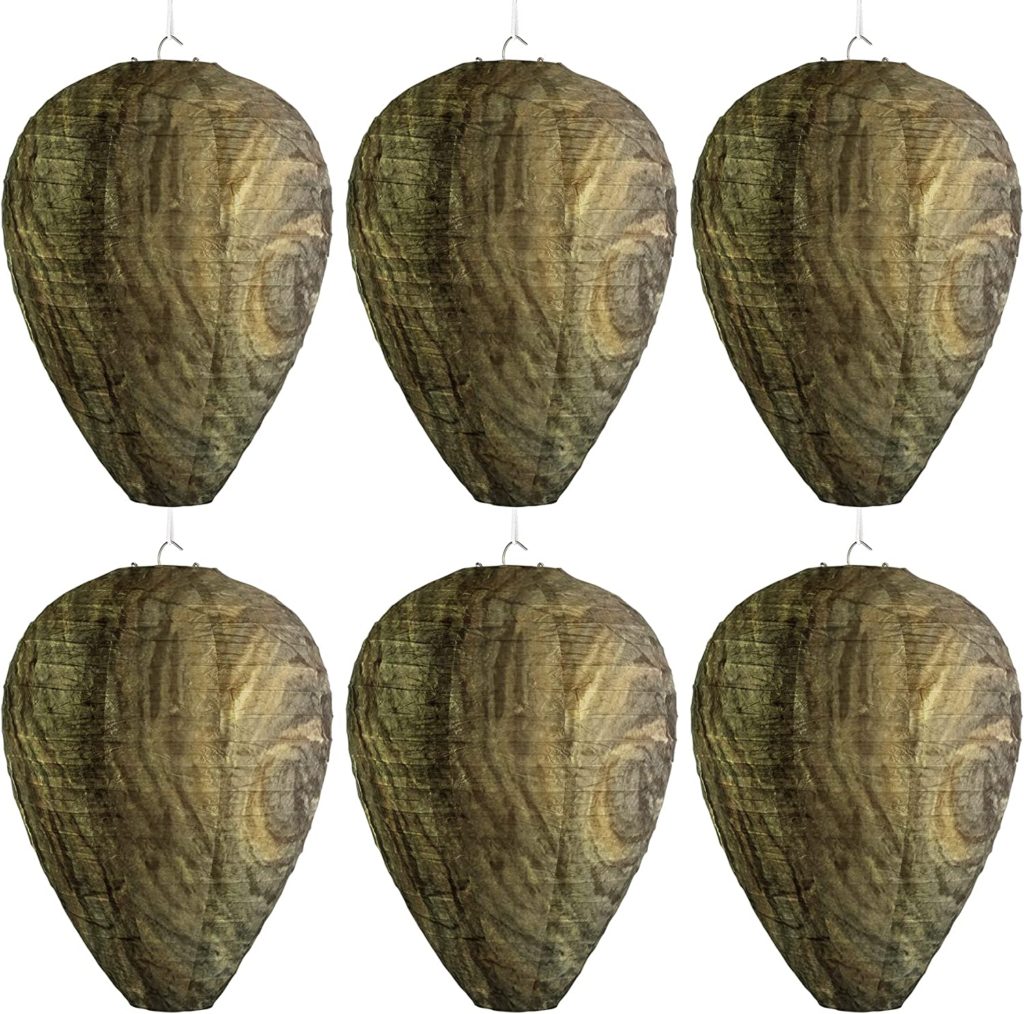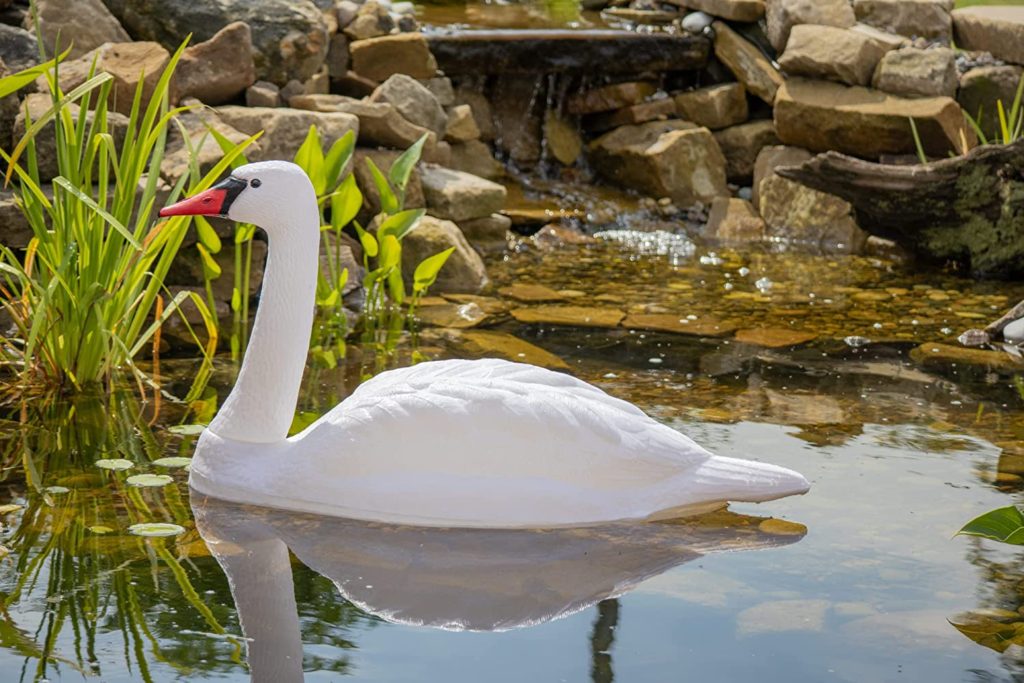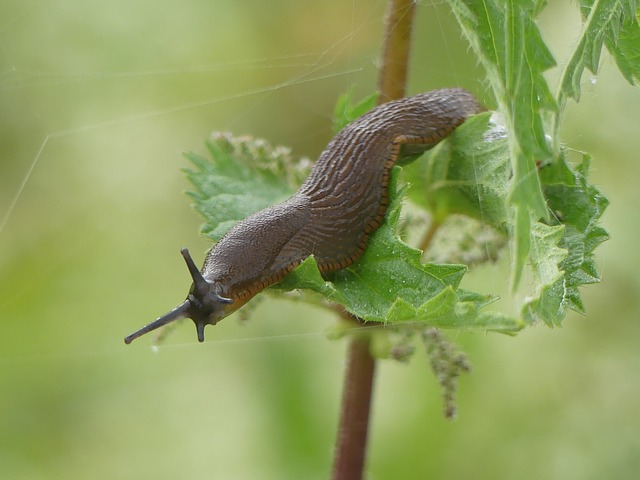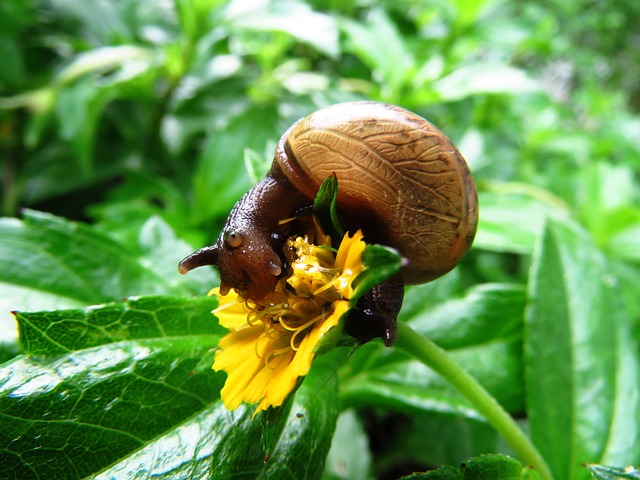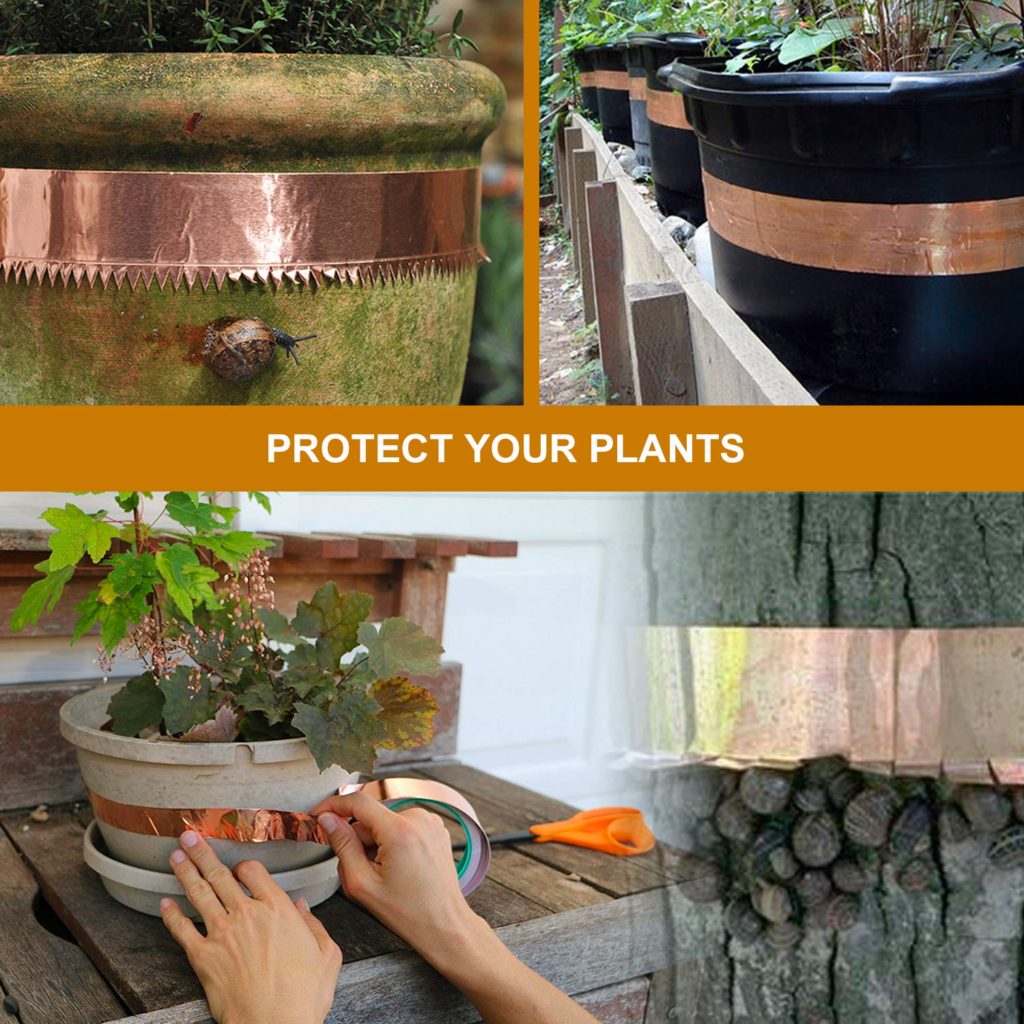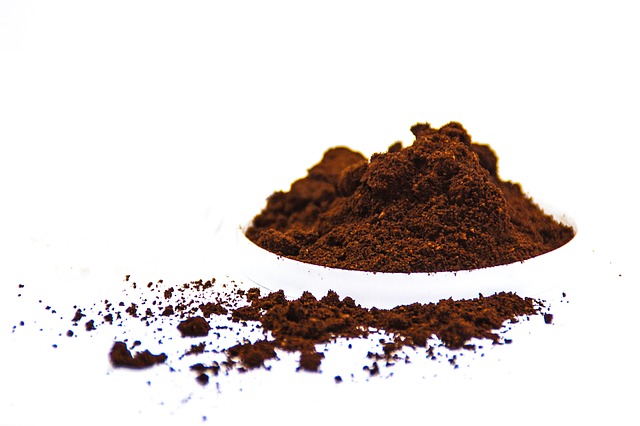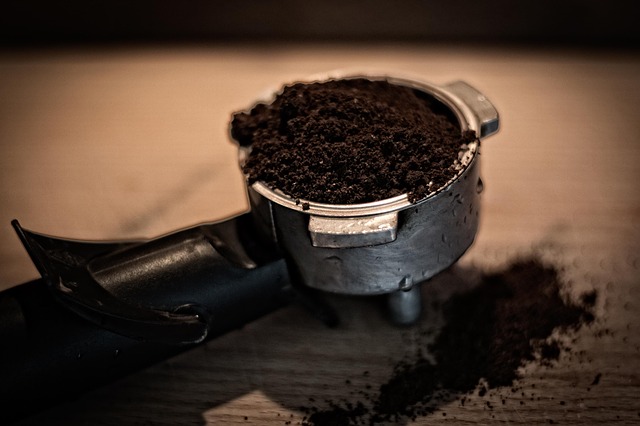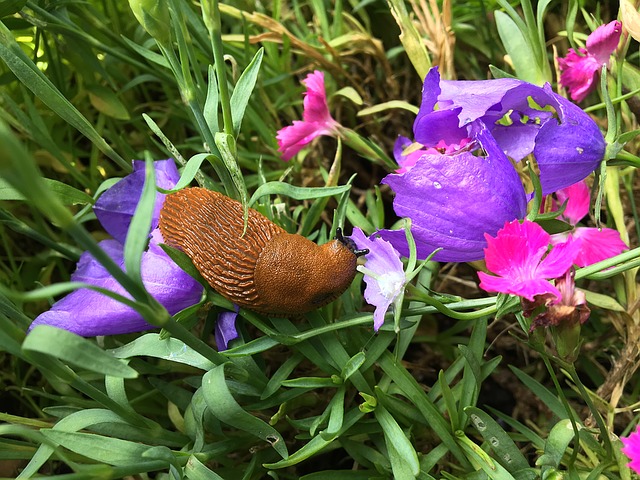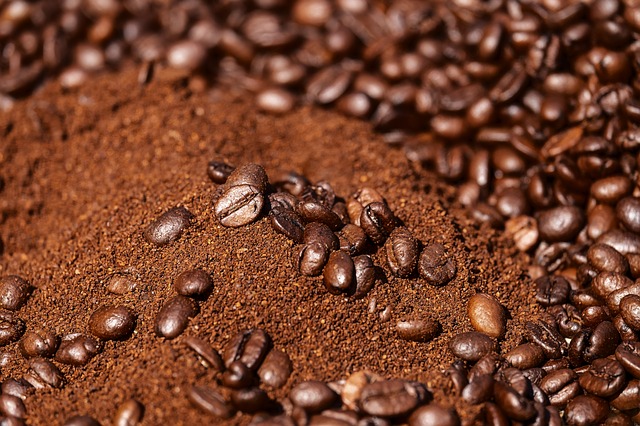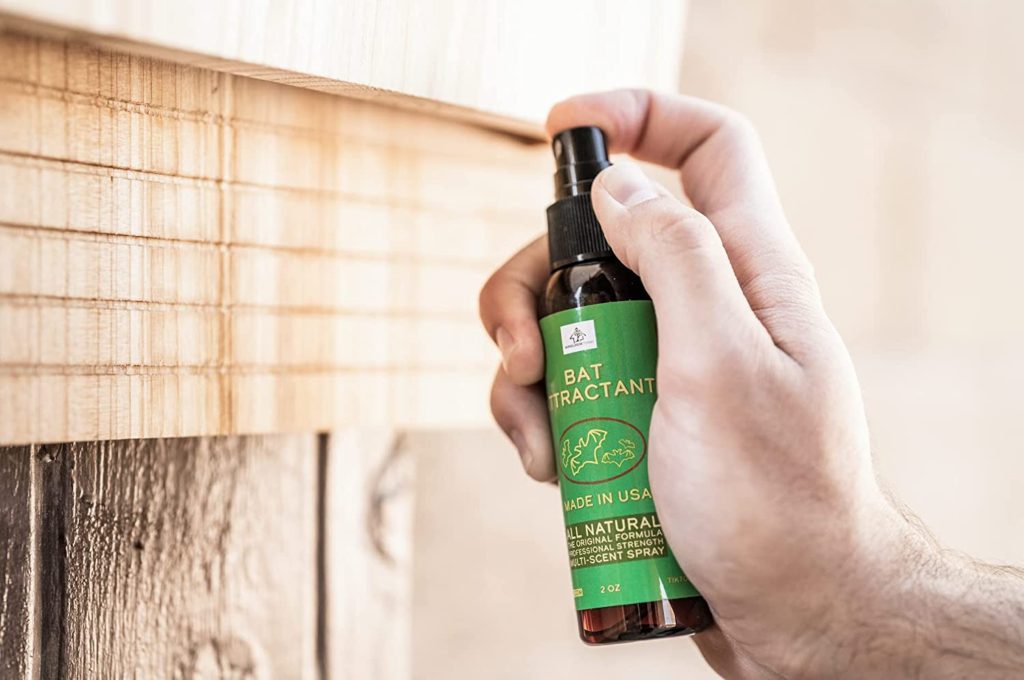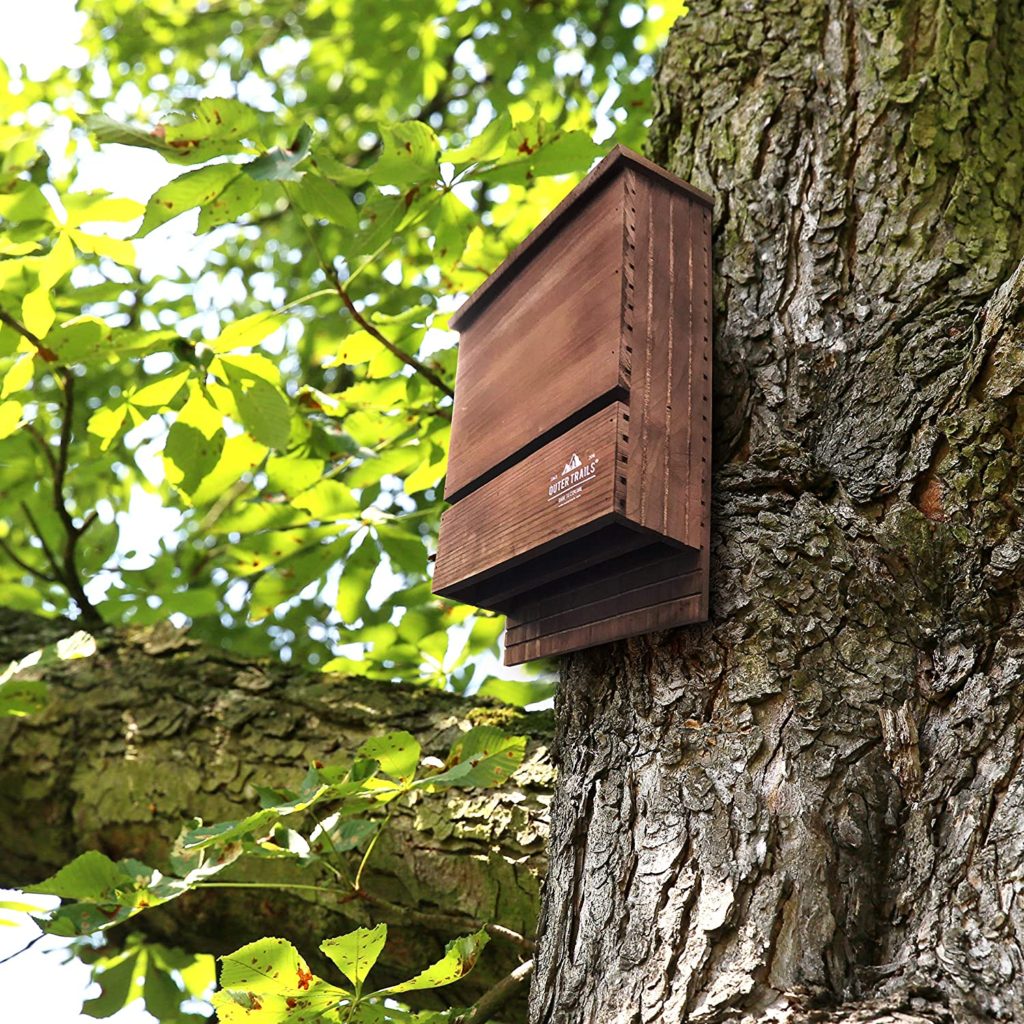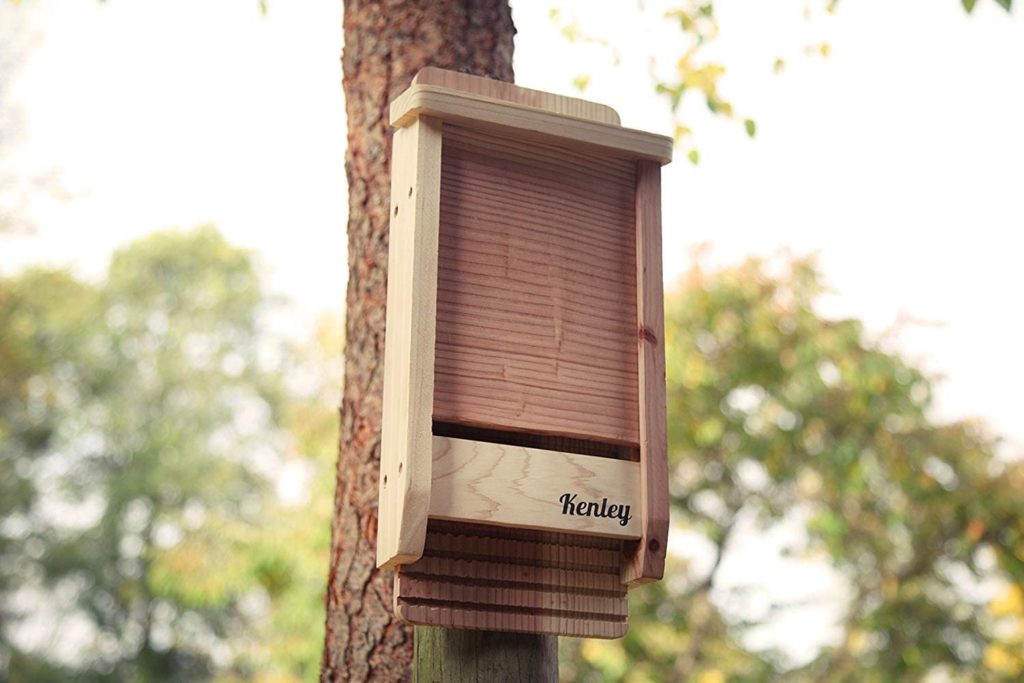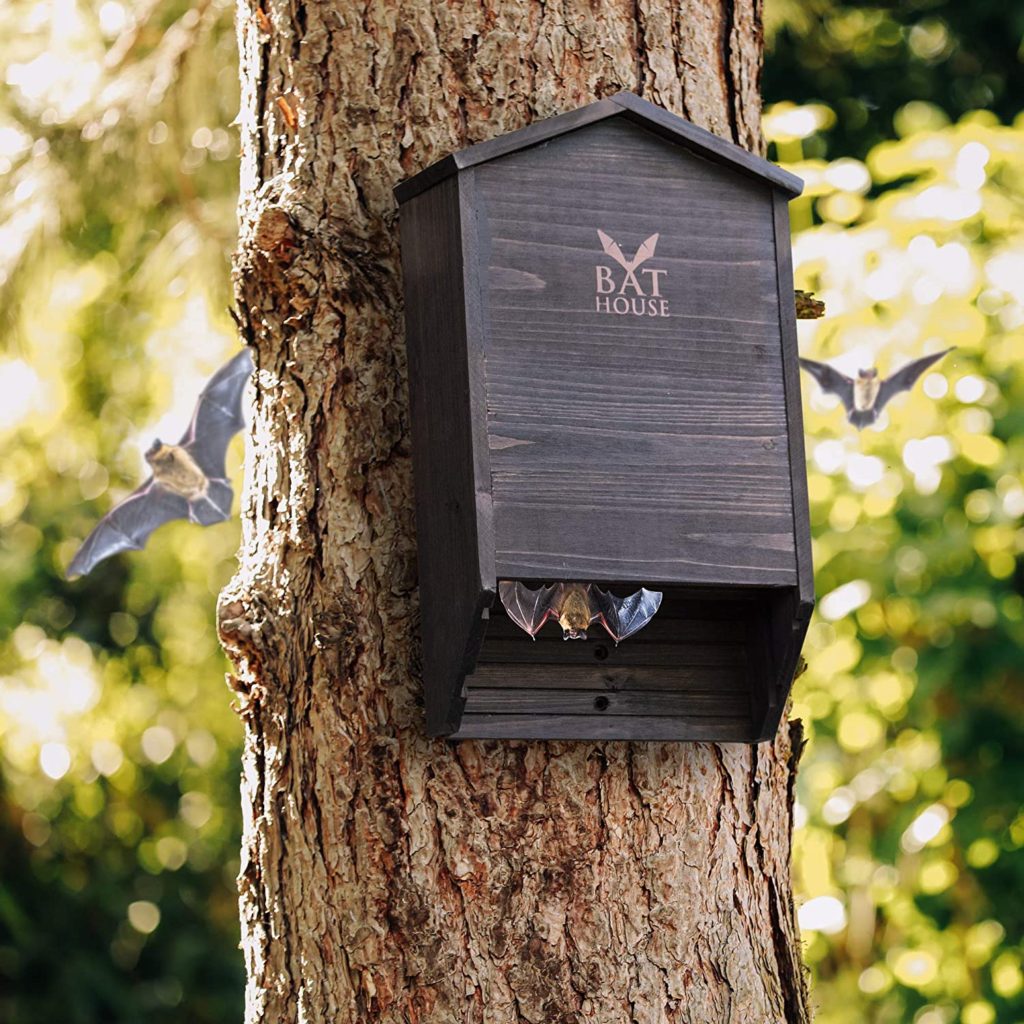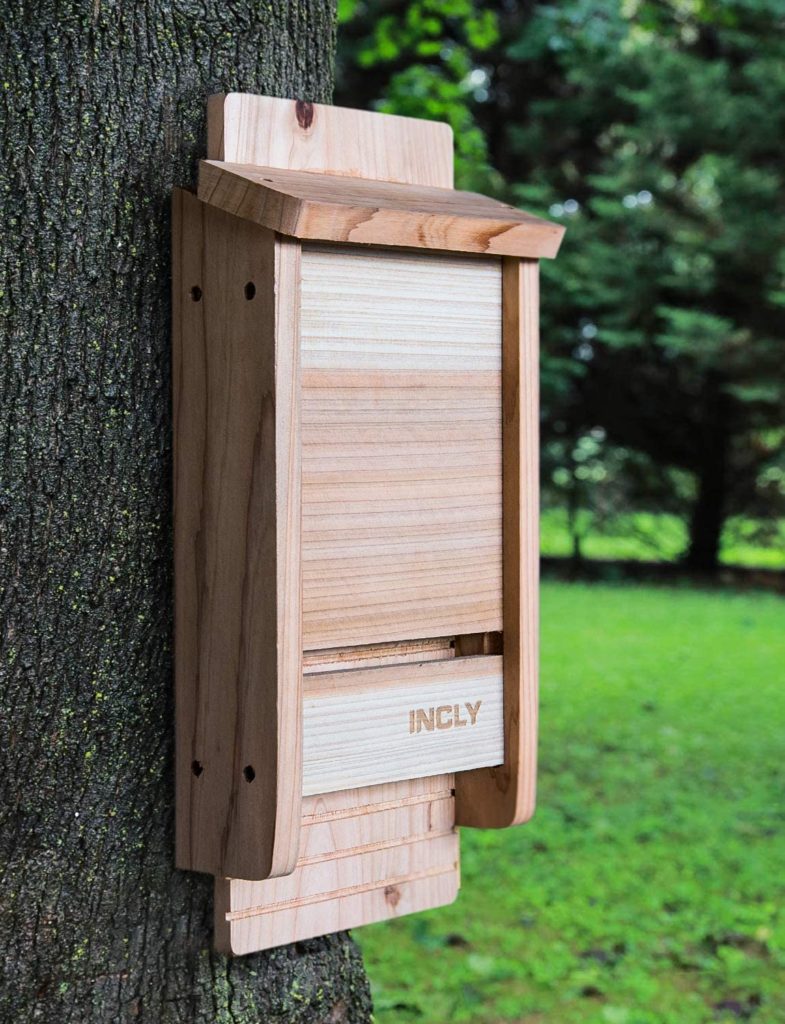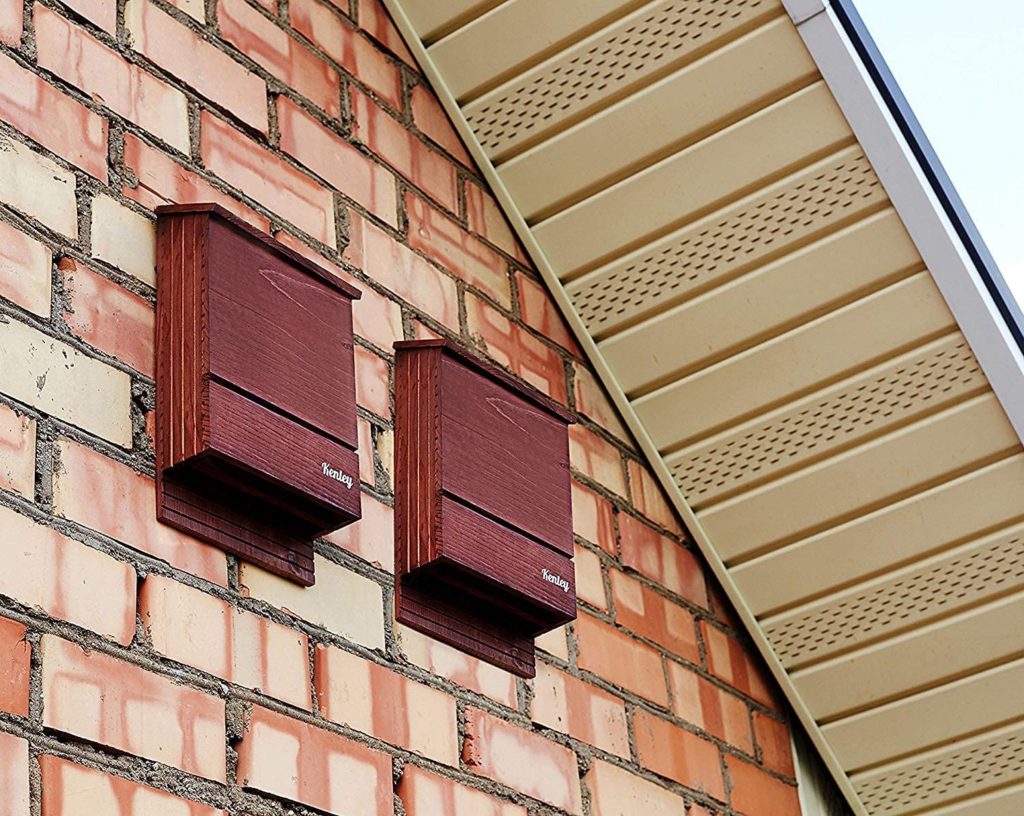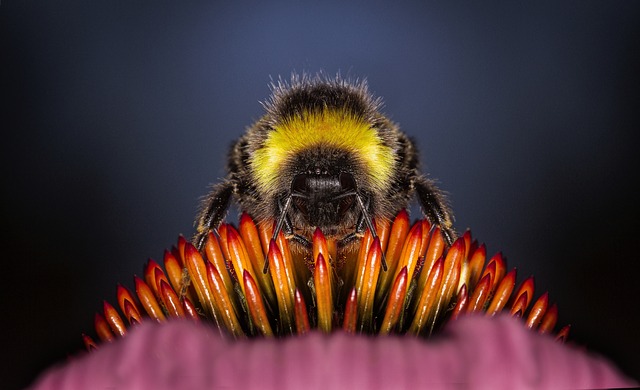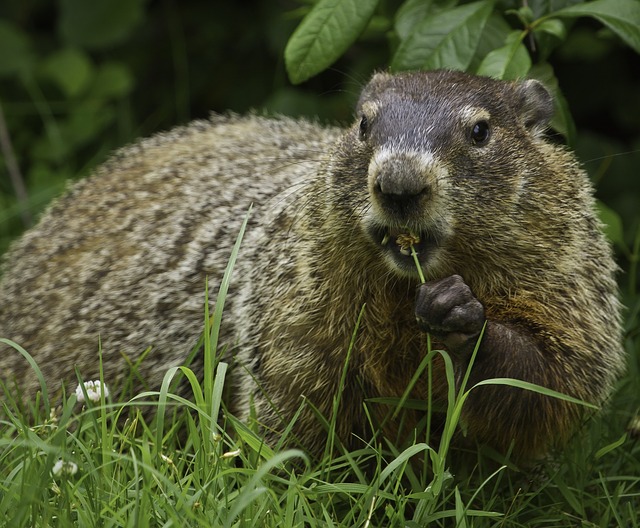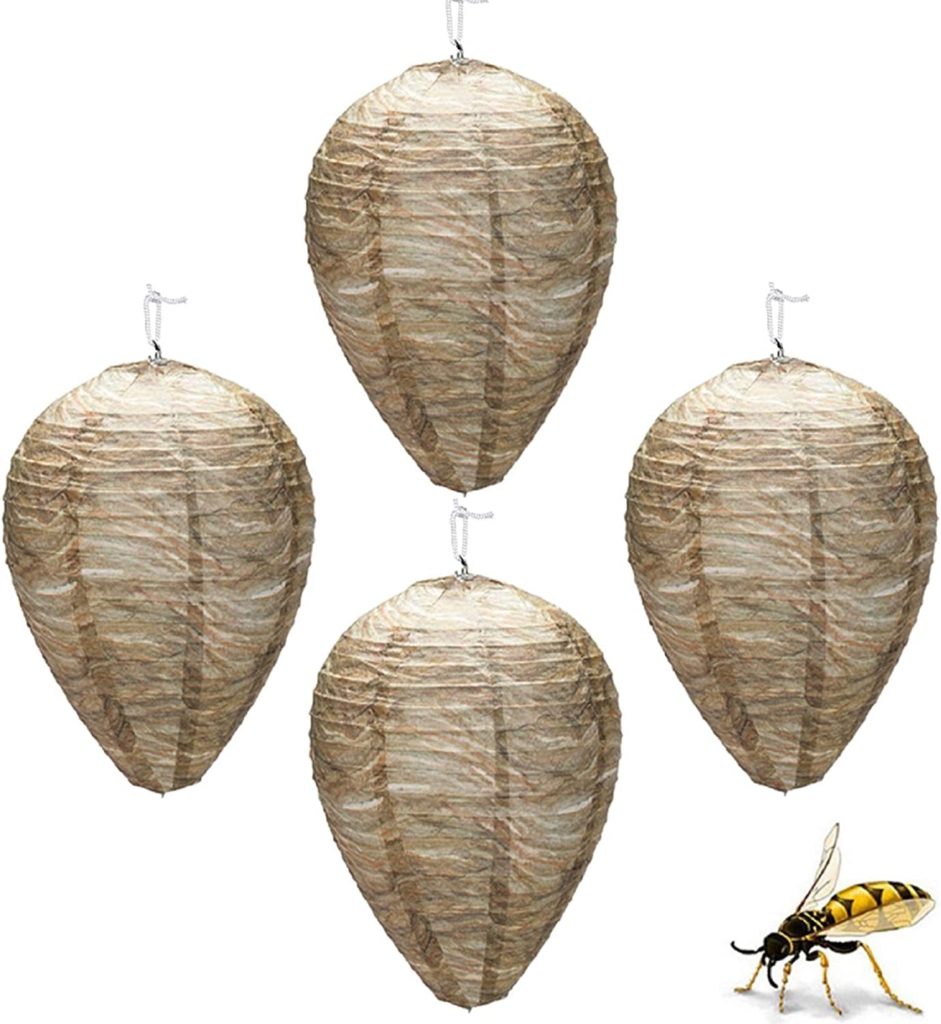
Wasps are aggressive pests that have a painful and potentially dangerous sting. Luckily you don’t have to risk serious injury in order to keep them away. A much easier option is to use a fake wasp nest to deter them. And here is everything you’ll need to know about them.
Meet The Wasp
Wasps are feared by both humans and animals because of their sting. And unlike bees, which can only sting once (because their barbed stinger gets stuck in whatever they decide to sting), wasps can sting over and over again. Their stinger contains venom which can cause intense pain or even anaphylactic shock leading to death for those who are severely allergic to it or that have been stung many times.
Despite there being over 30,000 different species of wasps, most are not considered to be pests. The majority of wasp species belong to a group known as solitary wasps. These wasps typically live in small numbers with their offspring inside underground tunnels.
And even though they do have a painful sting, solitary wasps only use their stinger against humans when they are grabbed or stepped on. Cicada killer wasps and tarantula hawks are two examples.
It’s the relatively small group known as the social wasps which are considered both a threat and pests. These species generally build papery nests up off the ground where they live in large colonies. These include such wasp species as hornets and yellow jackets. (That’s right, both hornets and yellow jackets are types of wasps.)
Social Wasps will sting when they feel that they are threatened or to protect their nest. In fact, when they think that there is danger they will actually release a pheromone which causes nearby wasps to swarm and attack the threat in a stinging frenzy. And they won’t stop attacking and stinging until the threat has left the area or is dead.
Fake Wasps Nest Basics
The problems between wasps and humans typically occur when social wasps build a nest on or nearby homes, buildings, outdoor structures, farms, or really anywhere that is close to people. The fact that they are both defensive of their nests and potentially dangerous means they need to be kept away.
Luckily social wasps also happen to be territorial when it comes to their own kind. In order to prevent a conflict with another wasp colony, they usually won’t build their nest within around 200 feet of an existing nest. A fake wasps nest takes advantage of this natural behavior.
Fake nests are designed to look just like the real thing, that way when they are hung up in a specific area, they deter wasps from building their nests nearby. Once the wasps are aware that the fake nest is there it will also help to deter them from looking for food in the area as well. When shopping for nests you may see them advertised as a “wasp nest decoy”, “artificial wasp nest”, “faux wasp nest”, or “fake hornet’s nest”; they’re all the same thing.
What Type Of Wasps Do They Deter?
They will deter all species of social wasps. Although most often fake nests are used to deter hornets, yellow jackets, paper wasps, and mud daubers (mud wasps) along with a handful of others. A fake nest can also work to deter many species of solitary (ground-dwelling) wasps as well. That’s because social wasps actually prey on them so when they see a nest they stay away.
You shouldn’t count on a fake nest to deter bees or other insects; they are specifically made to repel wasps. However, some people do report successfully using a fake wasp nest to deter carpenter bees. This may be because carpenter bees are on the menu for wasps too.
Fake Wasp Nest Benefits
There are many benefits to using fake wasps nests, including:
No Toxic Chemicals
Unlike using wasp spray, when using a wasp nest decoy you won’t have to worry about being exposed to any toxic or harmful chemicals. They are totally safe to use around humans and pets and environmentally friendly.
Humane
Wasps play an important role in nature as pollinators and predators of various insects (many of which are considered pests such as aphids). Using a fake wasp nest to deter wasps doesn’t involve killing them. It simply means tricking them to stay far away so they can continue to play their part in the ecosystem. Just not near us.
Simple To Use
Once your fake wasps nest is in place there is no more effort required. Just hang it up and let it do its job. It will be on duty working to keep wasps away all day, every day, rain or shine. And unlike sprays or traps, there’s no mess or dead wasps to deal with.
When To Use A Fake Wasp Nest
Wasps build their nests in the spring and they are active until late fall. Before winter sets in the nest are abandoned and the males and old queen die off leaving the unmated queens to survive and hibernate until the next spring and start the cycle all over again.
Therefore the perfect time to add fake wasp nests to your property is as early in the spring as possible, before wasps start scouting for a new nesting location. This will help to keep wasps from moving in for the entire year. However, you can definitely hang nests at any time. The most important thing to remember is that a fake nest will not work if there is already an established wasp nest close by. If there is, the wasps will just ignore the fake nest.
So it is critical that before you hang your nest that you check to make sure there are no active wasp’s nests. If there are, you will need to destroy or remove them first. Because this can be dangerous you may want to call a pest control service. If you are doing the job on your own it’s usually recommended to destroy the nest by spraying it with an insecticide that is specifically made for wasps and hornets. By spraying the nest at night when the wasps are not active, you will greatly decrease the chance of being stung.
Where And How To Use Fake Nests
You’ll want to hang your artificial wasp nest near areas that wasps typically fly past, build their nests, or look for food. Most often this tends to be near gardens, pools, garages, barns, gazebos, roofs, eaves, trees, decks, patios, porches, trees, bird feeders, and swing sets. And of course, don’t forget outdoor dining and cooking areas as wasps are attracted to meats and sugary drinks.
Fake wasps nests are also used near fruit trees since wasps feed on ripe fruit. And beekeepers use them near their beehives to protect them from being by eaten wasps. Regardless of where you place your nest the most important factor for success is making sure that the nest is highly visible. Wasps are visual hunters and have excellent long-range vision which allows them to see nests from far away. However, if the nest is not in a clear line of sight they may not feel threatened and may even build a nest close by.
In terms of height, nests should be hung at around six to eight feet off the ground to look natural. How many nests you need will depend on the size of your property and how bad your wasp problem is. While in smaller areas a single fake nest can deter wasps, larger areas and places that have more severe wasps problems will require several decoy wasp nests to keep them away.
Choosing A Fake Wasp Nest
When it comes time to buy a fake wasp nest there are a few different material options. Typically the most inexpensive are nests made from paper. These usually need to be placed in areas that are protected from the rain and weather and may need to be replaced each year. However fake paper wasp nests often come in packs with multiple nests making them a good deal. They also can look quite decorative since they are similar in appearance to Chinese lanterns.
For those who are skilled in crocheting creating a DIY fake wasp nest using acrylic yarn is also an option. Nests made from more durable materials such as foam or polypropylene may cost a bit more but they are also usually weather and waterproof. This allows the nests to be used anywhere outdoors and often for several years before needing to be replaced. They also tend to be more realistic in appearance as well which is always a good thing. Some look so real that they may even fool humans.
When it comes to deterring wasps a fake wasp nest is an effective, humane, and easy-to-use solution. And with this guide, you now have all the info you need to get started using one or more to keep your property safe and wasp-free.
The Complete Swan Decoy Guide
Buy on Amazon Geese and ducks can be a huge problem for anyone who owns a pond, pool, or even lawn. A swan decoy can help to keep these pests away so you don’t have to deal with them and the mess they leave behind. Here is everything you’ll need to know about swan...
What Direction Should A Bat House Face?
Buy on Amazon Bats are very particular when it comes to whether or not they will move into a bat house. One of the most important factors is the temperature inside, which will be strongly influenced by the direction that the house is facing. So what direction should a...
Does Copper Tape Stop Slugs?
Does copper tape stop slugs? The answer is yes. And you can use this simple solution to keep your plants safe from those slimy plant-eating pests. Repel Slimy Garden Invaders Without Harm Despite being relatively small and very slow-moving, slugs can do a lot of...
When To Put Up A Bat House
Buy on Amazon Bats can be a big benefit to your yard. But they can be picky when it comes to where they actually decide to roost. Knowing when to put up a bat house can help to tip the odds in your favor. Basic Seasonal Bat Behavior Many people don’t realize that in...
The Best Advantages Of Using Copper Tape For Snails
Snail damage is no laughing matter, especially when you’ve put a lot of time and effort into your garden. Most people don’t realize that by simply adding copper tape snails can be quickly deterred from eating your plants. And here are the best advantages of using this...
Copper Tape For Slugs
Buy on Amazon As any gardener knows, slugs can be highly destructive to a wide range of plants. But you don’t have to use baits or chemicals to keep these slimy pests from ruining your garden. By using copper tape slugs will stay away from your precious plants...
How To Use Coffee Grounds For Snails
You don’t have to kill those annoying garden snails in order to keep them from eating your plants. In fact, you can use your morning coffee as a non-lethal weapon against them. When they come into contact with your coffee grounds snails will turn right around and...
How To Use Coffee Grounds For Ants
There are endless sprays and poisons you can use to get rid of ants. However, you won’t have to look any further than your morning cup of coffee if you’d like a repellent that doesn’t contain any harmful chemicals. By using coffee grounds ants will stay away and kids...
How To Use Coffee Grounds For Garden Pests
While the majority of humans enjoy coffee, not all animals find it so appealing. In fact, when they encounter coffee grounds garden pests are often repelled by them, and that’s a good thing. So here are the critters you can expect to keep out of your garden when using...
Coffee Grounds For Slugs
Slugs can be a big problem, yet most people don’t realize that the waste produced from their morning cup of coffee can be used help to protect their plants from these slimy pests. When they encounter your coffee grounds slugs will make a hasty retreat. So here’s...
Coffee Grounds For Mosquitoes
There are countless options available to keep mosquitoes away, many of which contain harmful chemicals. Most people don’t realize that the grounds used to make their morning coffee can also function as an all-natural repellent. Here’s what you’ll need to know to use...
Using Coffee Grounds To Deter Cats In The Garden
While cats can be loving pets, in the garden they often can be pests. Fortunately, you can use coffee grounds to deter cats. Not only can they help to keep cats away from your plants but they’re also totally safe. Cat Problems 101 Unfortunately for gardeners, cats...
Bat Attractant: The Secret Weapon For Bat House Success
Buy on Amazon Purchasing a bat house is easy, however, having a colony of bats take up residence inside it is sometimes another story. To tip the odds in your favor using bat attractant can help. Here’s what you’ll want to know when considering using it. Bat House...
How To Attract Bats To Your Bat House
Buy on Amazon Having bats in your yard offers many fantastic benefits. So it’s no wonder that more and more people are installing bat houses in an attempt to get them to stay. However, you’ll first need to know how to attract bats to your bat house if you want them to...
What Does A Bat House Look Like?
Buy on Amazon Bat houses are shelters made specifically for bats. These flying mammals have special needs that houses are designed to meet. So what does a bat house look like? Well, read on and find out! Bat House Designs Houses for bats actually look like boxes. For...
What Is A Bat House?
Buy on Amazon What is a bat house? And better yet, why would you want one on your property? These are both commonly asked questions. Whether you’re just curious or have always wanted to have bats in your yard here’s what you’ll need to know. Bats are nocturnal...
The Top Bat House Benefits
Buy on Amazon A bat house is a specially designed shelter for bats. It provides them with a safe and convenient place to sleep. While they are great for the bats, there are many bat house benefits you can enjoy as well when you have one in your yard. Keep Bats Out Of...
Where To Put A Bat House
Buy on Amazon Where to put a bat house is an important decision. If it’s not in an appropriate spot, you may be putting your resident bats in danger. Or you may end up with an empty house since no bats are interested in living in it. So you’ll need to know a few...
Beneficial Garden Insects And Creatures Often Confused For Pests
There are many animals that we consider to be pests. However, many of them actually perform critical tasks and help to control the populations of much more devastating species. The following beneficial insects and creatures are ones you’ll want to keep around....
The Most Common Backyard Pests
Your backyard is an ecosystem, however, not all of the animals which reside in or near it have the manners you’d like them to. There are many different animals that can be a nuisance. Here are some of the most common backyard pests that you’re likely to encounter....
